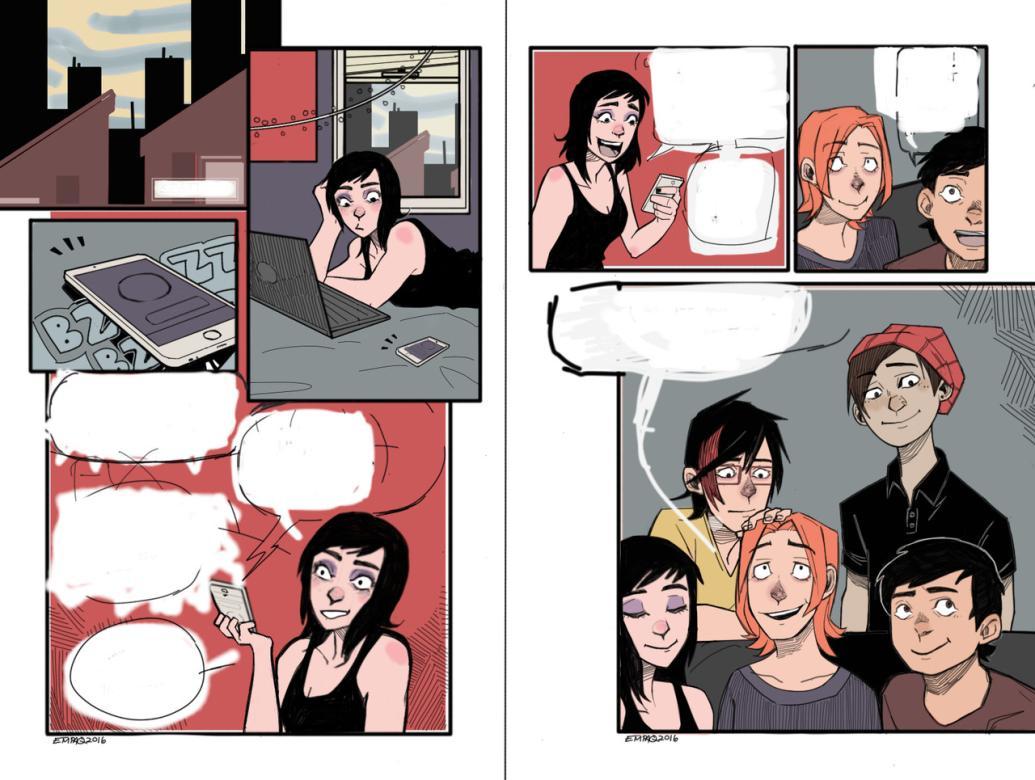We love getting to know you through your artwork, and hearing you talk about it too.
Our Admissions Counselors are happy to look at your portfolio and discuss it with you prior to submitting it for admission and scholarship consideration. Our goal is to provide you with valuable feedback to assist with the development and preparation of your portfolio. This is not an official evaluation of your portfolio, just a preliminary review and conversation.
We are here to provide feedback about your portfolio and also assist you with any questions about Lesley, our programs, the application process, and next steps.
When we review your portfolio, we’re evaluating:
- Your ability to communicate your ideas visually
- Your innovation
- How you use materials
- Your understanding of art and design concepts
- Quality and organization of the work





















